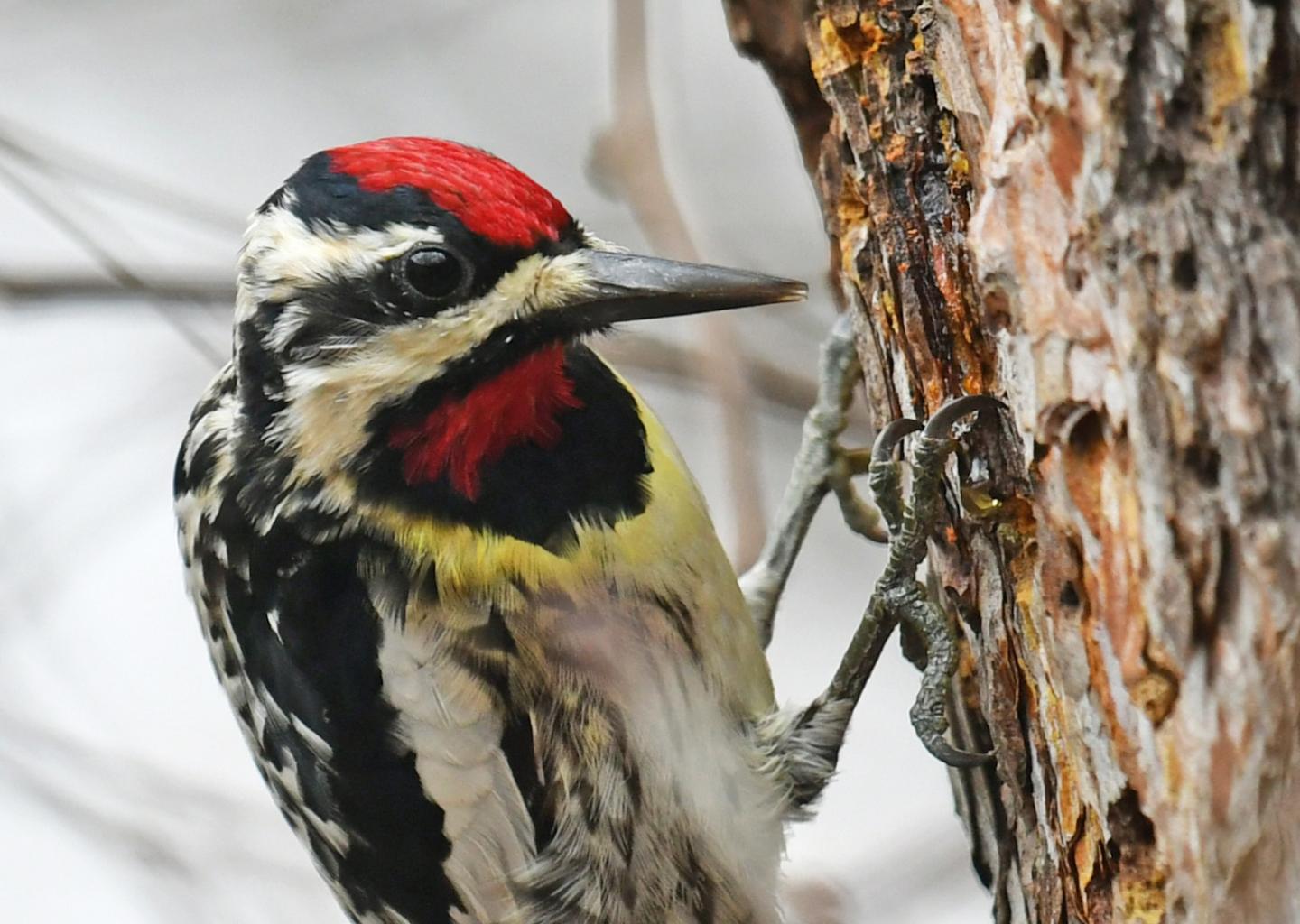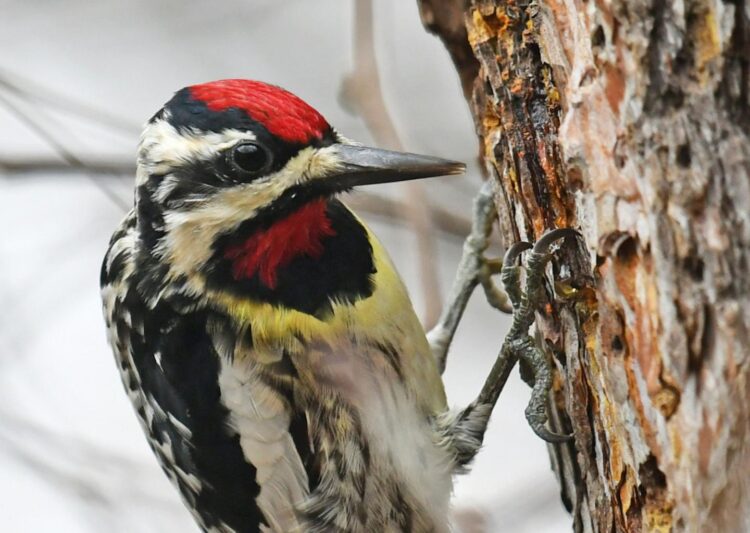
Credit: Jeremy Cohen
MADISON, Wis. — When it comes to climate change, University of Wisconsin¬-Madison forest and wildlife ecology Professor Ben Zuckerberg says birds are the proverbial canary in the coal mine. They are both responsive and sensitive to changes in the environment, including the extreme weather events associated with a warming planet.
However, not all birds are the same, and not all weather events have the same impact. How do different bird species respond to extreme weather events that occur for different amounts of time, ranging from weekly events like heat waves to seasonal events like drought? And how do traits unique to different species — for example, how far they migrate or how commonly they occur — predict their vulnerability to extreme weather?
To answer these questions, ecologists would traditionally observe a small number of bird species at a few sites over a few years, and then draw general conclusions. However, Zuckerberg and UW-Madison postdoctoral researcher Jeremy Cohen, along with Daniel Fink of the Cornell Lab of Ornithology, had more ambitious goals: they looked at 109 species across eastern North America over a 15-year period, and integrated this information with fine-scale satellite temperature and precipitation data.
In a study recently published in the journal Global Change Biology, the researchers show that not all birds are equally vulnerable to the effects of extreme weather resulting from climate change. As the planet warms, some species will adapt while others may struggle without conservation measures. The results of this study could help conservationists target their efforts to vulnerable species, as well as locations where extreme weather events are predicted.
The researchers used data from eBird, a global citizen-science initiative where bird enthusiasts submit checklists of bird sightings online. These checklists include which species were seen, how many, the location and time, and other observations.
The researchers compiled more than 830,000 of these checklists and integrated each one with weather data summarized over the week, month and three months before the observation was recorded. They relied on advanced computing to manage this large amount of information.
“The study we did would not have been remotely possible without data science,” says Cohen. The emerging field of data science involves the study, development or application of methods that reveal new insights from data.
Zuckerberg points out that the combination of citizen science and data science makes research possible at a scale that was previously unimaginable for ecologists. However, citizen science has its limitations. Researchers have less control over the scientific process, and data quality can vary.
“Someone can go out for five minutes or two hours and submit eBird data. They can submit a checklist for 10 species or 40 species,” says Zuckerberg. “We’ve adopted data science methods for working with large, unstructured data sets.”
After controlling for this noisy data, the researchers observed that some species are less sensitive to extreme weather, and populations are not equally exposed to its effects because some geographic areas are warming faster than others.
When it comes to heat waves, Cohen notes, “long-distance migrants were not super affected by really hot periods. They winter in tropical environments and should be tolerant of heat.”
However, resident birds and short-distance migrants such as robins and red-winged blackbirds responded negatively to heat waves, with their numbers sometimes declining 10% to 30% over several weeks.
As for drought, commonly occurring species like crows were more resilient than rare birds, particularly if the drought was severe and long-lasting.
“Rarer species have more specialized habitat and food requirements — this is a general rule in ecology,” says Cohen. “More common species usually have more options. If habitat quality declines due to drought, a generalist can go somewhere else.”
Cohen says this is the first large-scale study, spanning half a continent, to look at how birds respond immediately after weather events. Because of the scope of the project, conservationists can better understand how many different bird species are likely to be affected by climate change, and mitigate some of the negative effects.
“If birds are truly winged sentinels of climate change, the greater likelihood of drought, flooding and extreme temperature conditions like heat waves will have significant consequences,” says Zuckerberg. “We need to think about how we help species adapt to climate extremes.”
###
The study was funded in part by the National Science Foundation (grants CCF-1522054, CNS-1059284 and DBI-1356308) and the UW-Madison Data Science Initiative.
Cris Carusi, [email protected]
Media Contact
Jeremy Cohen
[email protected]
Original Source
https:/





